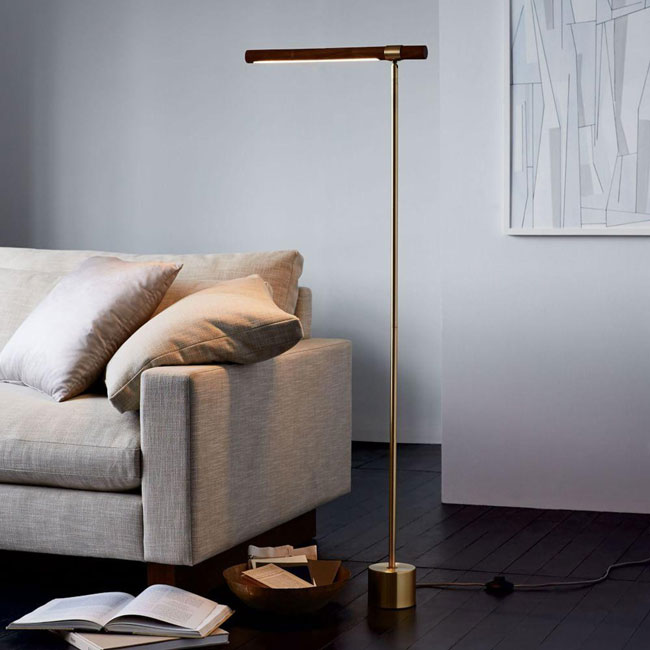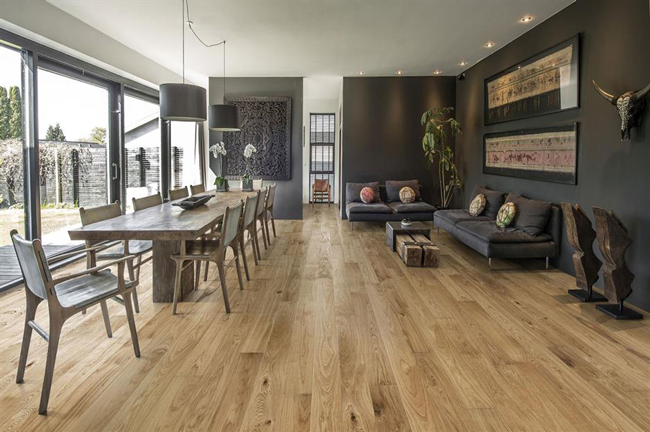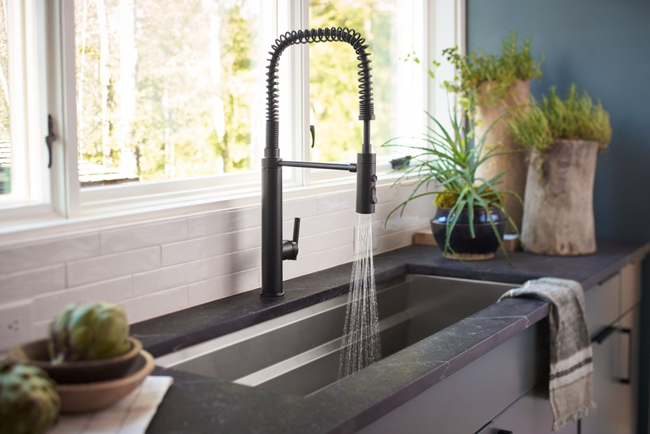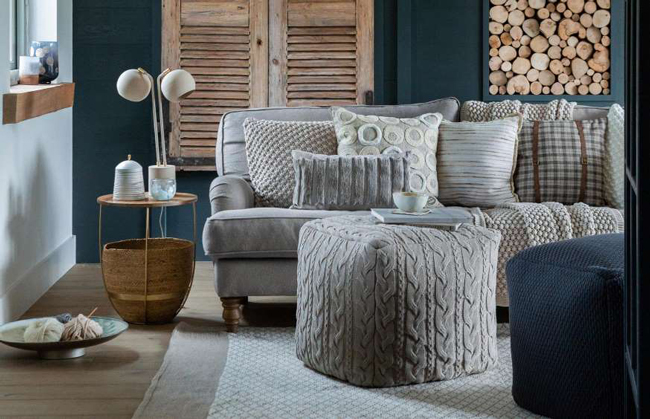

Dear Debbie;
I can’t seem to get the right light for our family room. When we are playing table games, I’m always dragging a lamp around so we can all see the cards. It’s not a big room and there is no ceiling light.
— Bonita
Dear Bonita;
This is a good question. It’s not unusual to have to move lights around as your tasks change, especially when you are using a room for different purposes. Watching a movie, chatting with chums and playing table games call for a variety of light sources. A good suggestion is the overarching floor lamp shown here from West Elm. Their designers note that it provides convenient spot lighting for casual reading, acts as a centerpiece for friendly conversation and stands alone as a decorative piece of furniture. Swing the lamp arc effortlessly to highlight what you choose. The slender, antiqued bronze metal base sweeps up to 77 inches high, tucks in neatly beside the sofa and has a reach of five feet. The large linen shade diffuses the light giving a soft ambient glow throughout the room, but also directs the light downward for reading or brightening up a table. Smoky acrylic globe shades that show the light bulb and round metal shades are also available and offer a more industrial feel to this arched style.
Floor lamps are a good lighting option beside a desk or work surface that is already holding a computer, notes, cell phone and more. Similarly, they work well for illuminating crafts and hobbies. The contemporary design of this integrated LED wood floor lamp takes up little visual space and is placed here to offer plenty of light for reading. West Elm reminds us that LED is a chip that creates light, not heat. They use 75% less energy than regular bulbs, last 25 times longer and are mercury free. Those are cool facts, and just think, you will never have to change another light bulb.
Dear Debbie;
We’d like to brighten up our smallish bathroom’s knotty pine wainscoting. The current finish is a satin polyurethane varnish which has oranged over the years. We’re thinking about a white wash but concerned that it may look yellowish. Please help with the preparation steps and paint product info. Thanks.
— Russ and Judi
Dear Russ and Judi;
The aged yellow-orange appearance of the pine wainscoting you have is caused by the oil-based varnish that was originally applied. Water-based acrylic varnishes shouldn’t yellow. To return the knotty pine to its original colour is a big task as you need to sand off the varnish down to the naked boards. Once the wood pores are open, use a white stain or paint wash and finish with a water-based varnish. It is possible, and much easier, to cover up the panels and still see the grain with an all in one product by Minwax that is a combination stain and topcoat. First clean and sand the surface to give it some tooth. You don’t have to remove all the old varnish. However, in order to cover the existing orange colour, the colour of the new stain/topcoat needs to be darker not lighter than what you have now. The easiest solution for a light finish such as the whitewash you mention, is to paint with a good quality paint designed to cover slippery surfaces. You have grey tiles on your floor, so a light grey paint washed over the surface will update and brighten your room.




